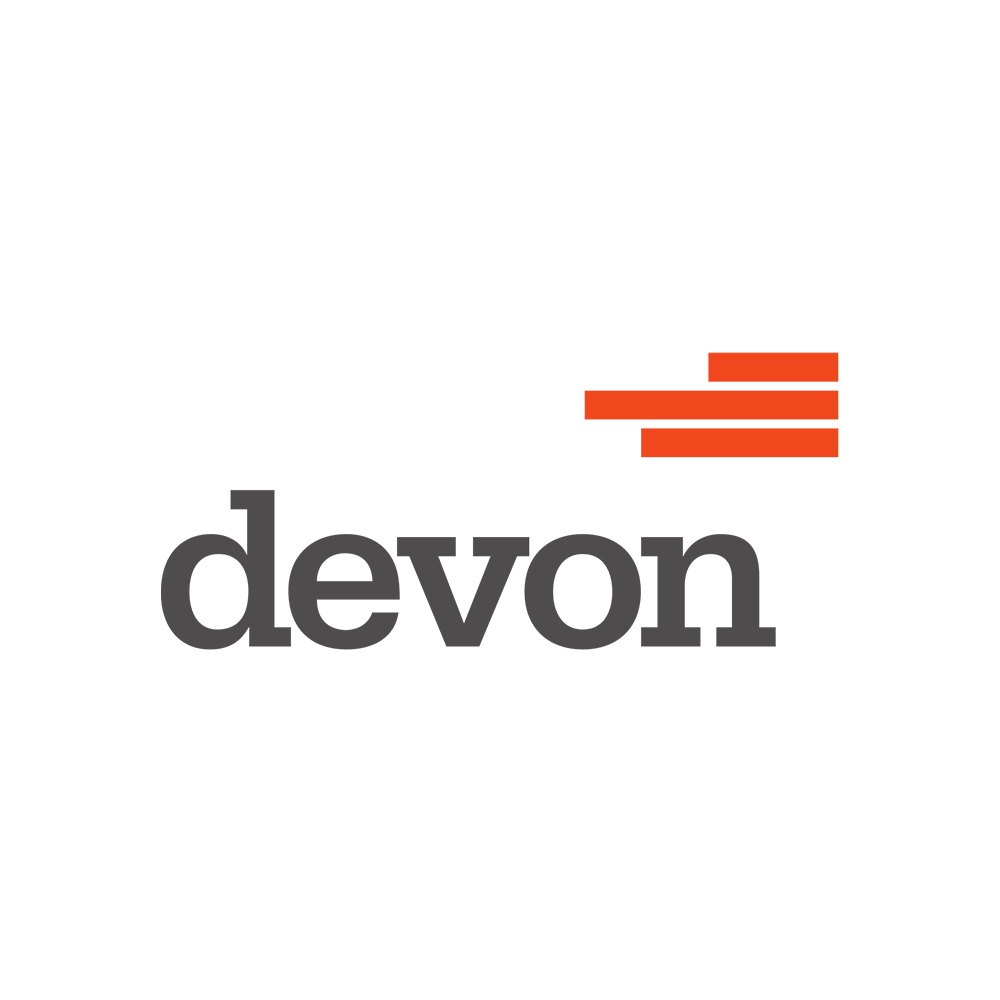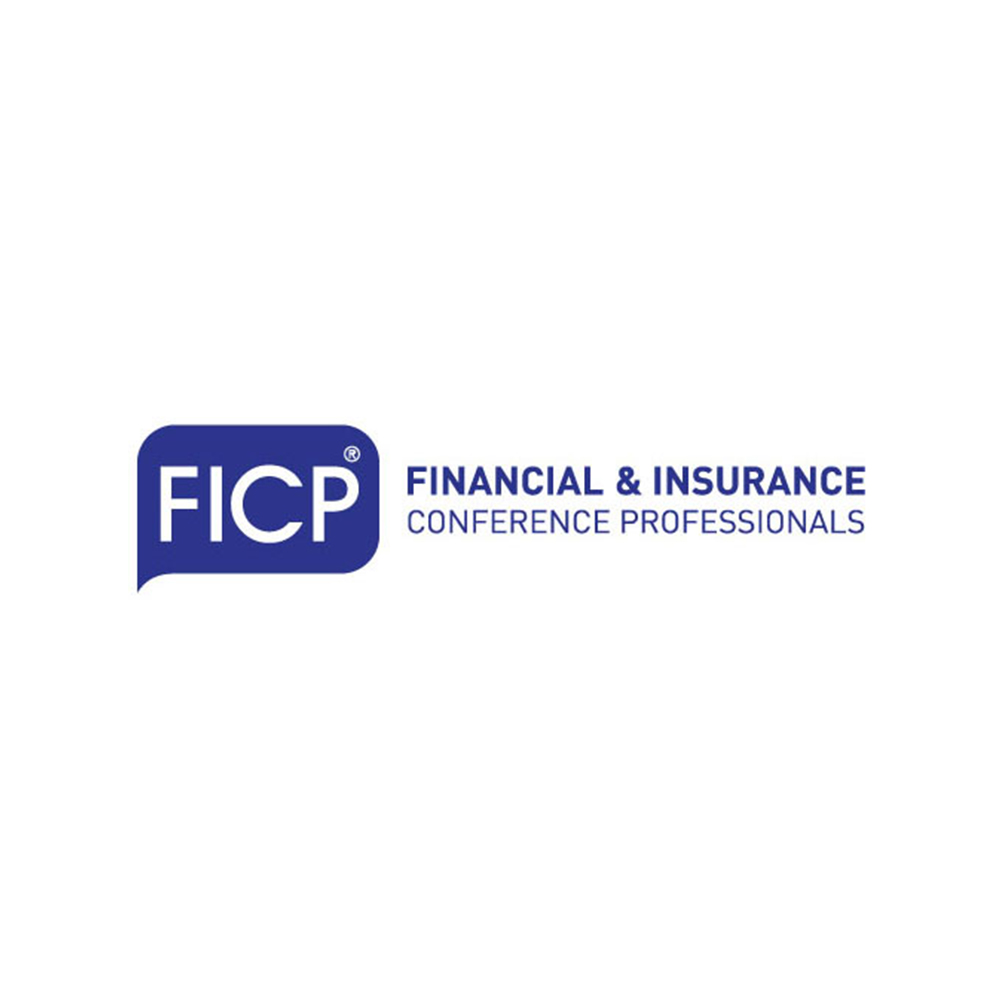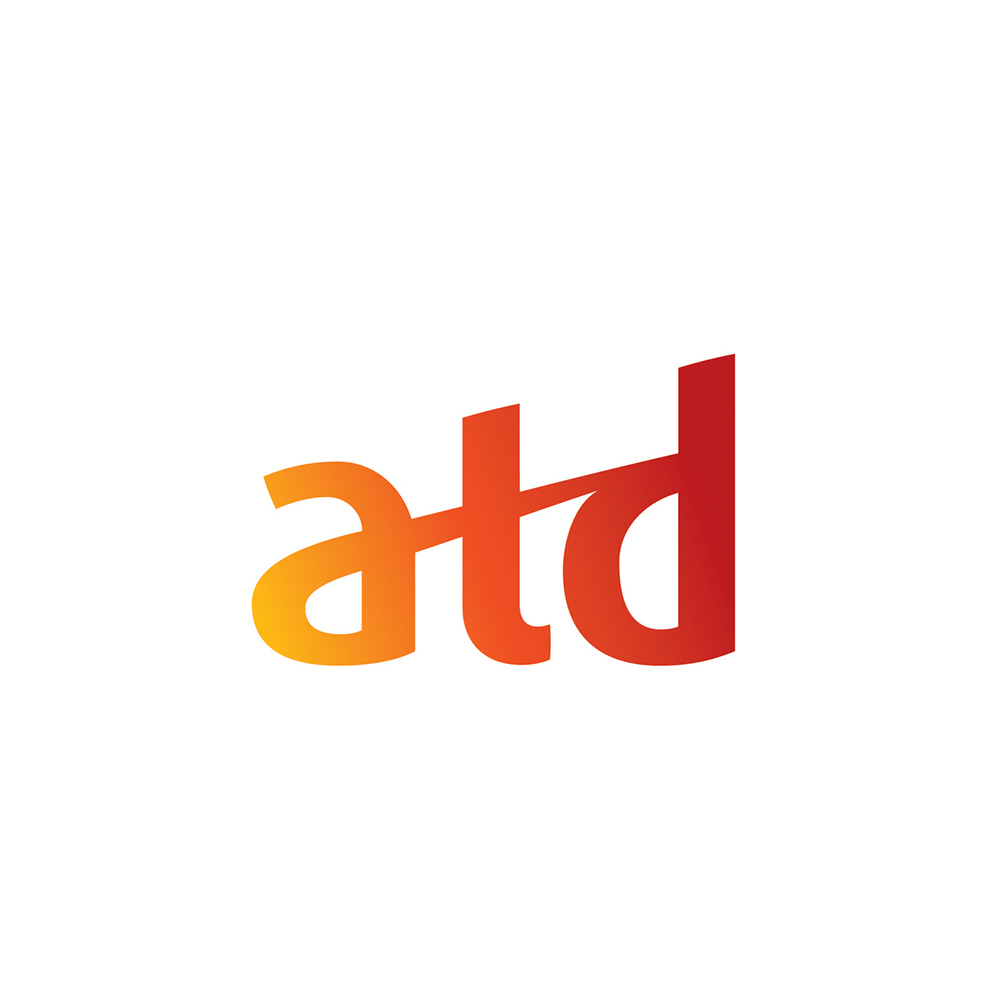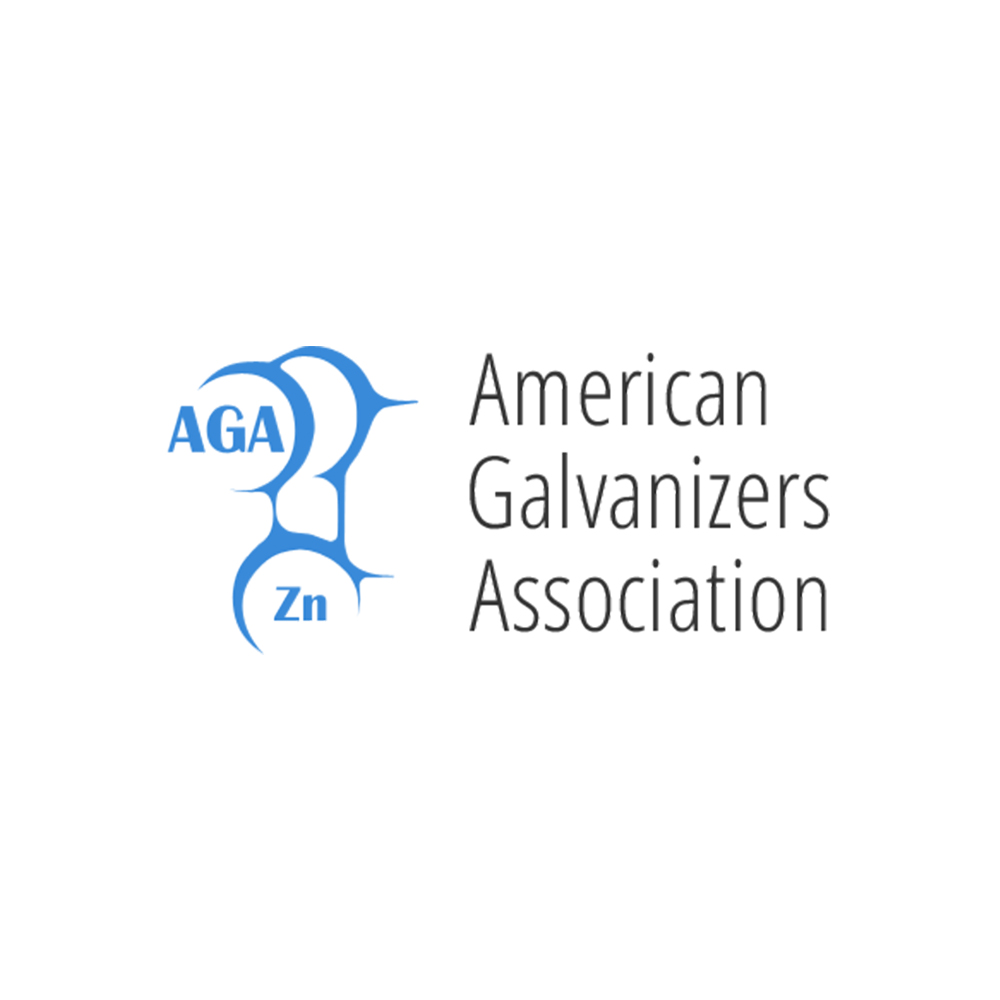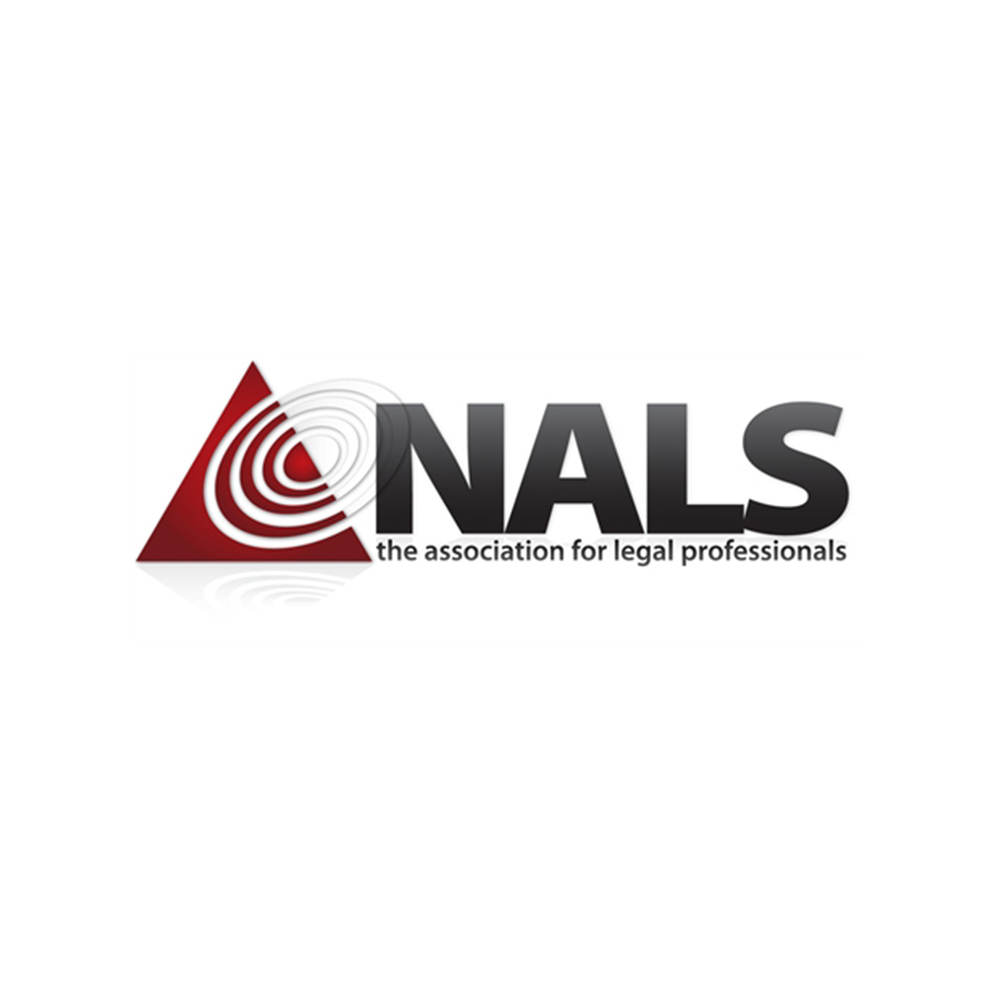Three Criteria for Assessing Initiatives & Adapting in a Fast Changing World
In a world marked by rapid and unpredictable change, leadership teams face the challenge of adapting their multi-year strategic plans without abandoning their vision. This article outlines three essential criteria—strategic alignment, capacity, and disruption effect—that enable leaders to assess and evolve their strategies while maintaining a clear direction for their organizations.
***
The past few months have demonstrated how fast the world can change, and how uncertainty continues to lurk around every corner. This creates challenges for leadership teams as they implement multi-year strategic plans. Being “rigid” to what was agreed-upon two or three years ago without reassessing and evolving the initiatives within that strategy can be a recipe for failure.
Working with leadership teams across sectors, a question I often get is, “How do we evolve our strategy without abandoning our vision?” I’ve shared in previous blogs and articles my belief that an outcome-based strategy, with goals and supporting initiatives, works best in this environment. It allows evolution at the tactical (initiative) level, while maintaining a fundamental set of strategic outcomes that keeps the organization rowing in the same direction.
But, when in the middle of executing a strategy and the world turns fast, I apply three criteria to determine whether a new idea or initiative should be pursued.
1.Strategic alignment assesses the initiative for its alignment to the overall strategic outcomes, goals, or objectives. Often, strategic alignment is part of an initiative request process where the requester identifies which part of the strategy the idea will affect. Leadership’s role in this is to validate the impact the request seeks is worthwhile to implement.
2. Capacity evaluates the resources (cost, people) needed to implement and support the initiative. Leaders can assess this against the current resource availability and capability (expertise, skill). At times, there could be initiatives that lack existing capacity to execute, but are worthwhile enough to increase capacity through staff augmentation or additional hirings, because they will create substantial impact on achieving strategy.
3. Disruption effect assesses the initiative for the amount of customer and/or operational disruption that it will cause compared against the value or benefit it will create. It also compares the initiative’s disruption effect against other priorities. This criterion is often missed by leaders because they may be operating in silo areas of the organization and do not realize how other functions are being impacted. Disruption effect eventually creates “change fatigue” where the organizational performance suffers due to the constant disruption.
Change happens fast. And as leaders, we don’t want to take our teams into a highly reactive environment where that change becomes chaos. Yet, we also can’t move too slowly, where our organizations become complacent and are targets for external threats.
Applying these three criteria enables leaders to quickly assess the reason (strategic alignment), the ability (capacity), and the impact (disruption effect) of new ideas to evolve their strategy with the changing terrain.
TRANSFORM DISRUPTION INTO OPPORTUNITY
Do you need help building agility, improving team performance, and achieving measurable results? Contact me to learn about my keynote speaking, executive coaching, and facilitation services.




